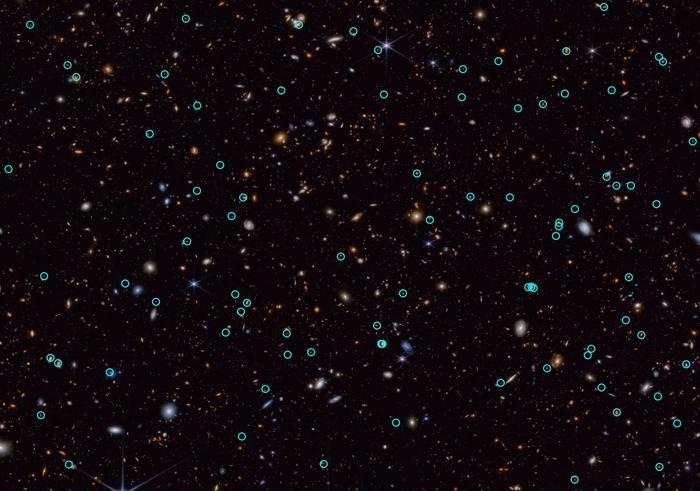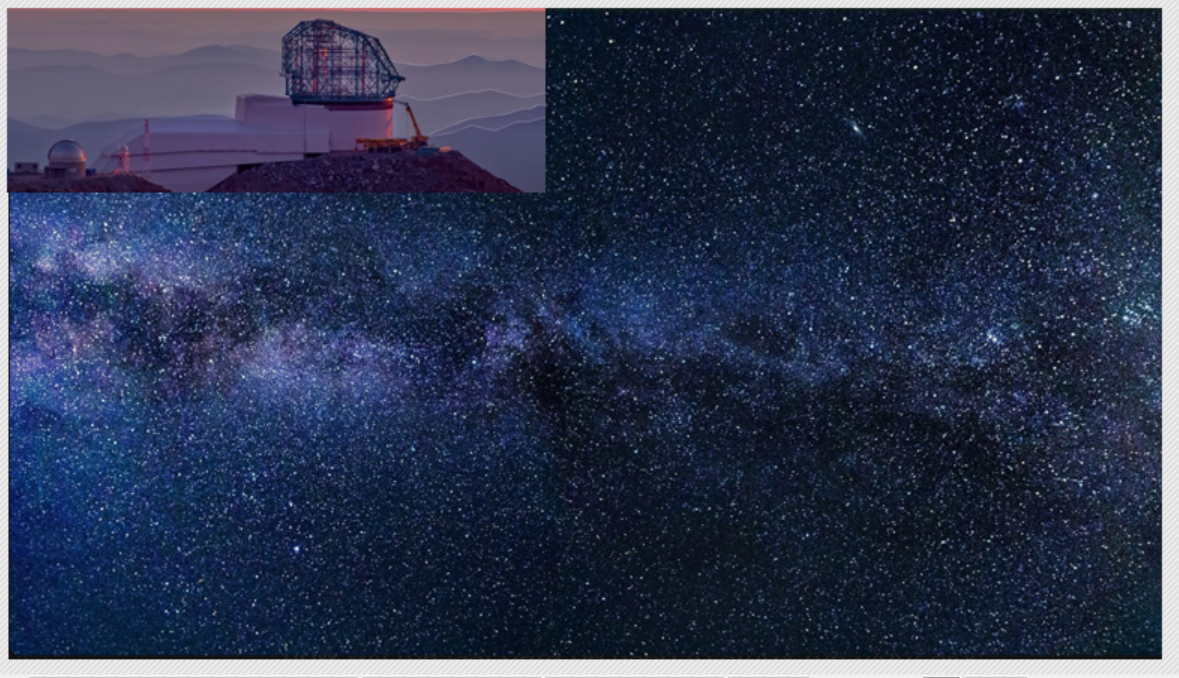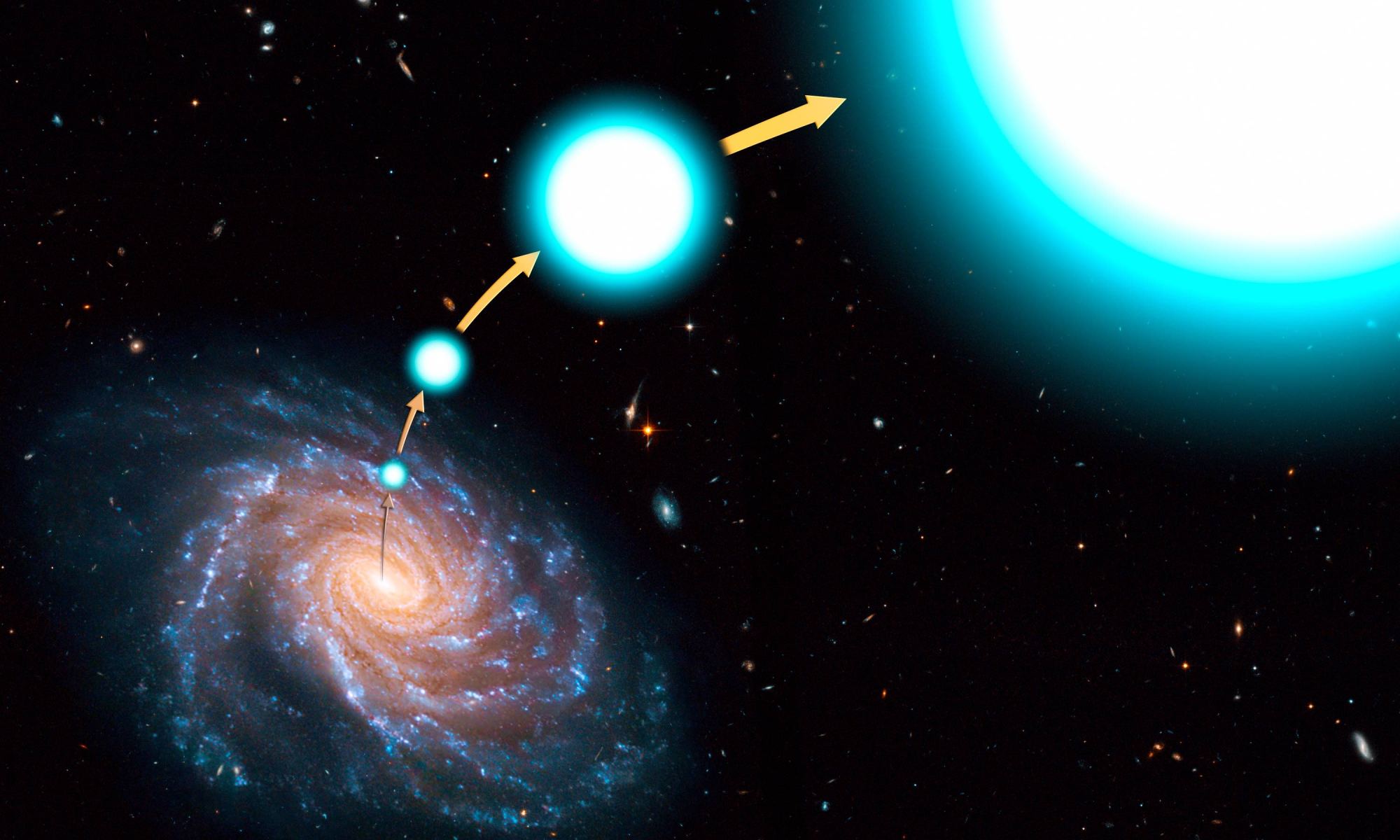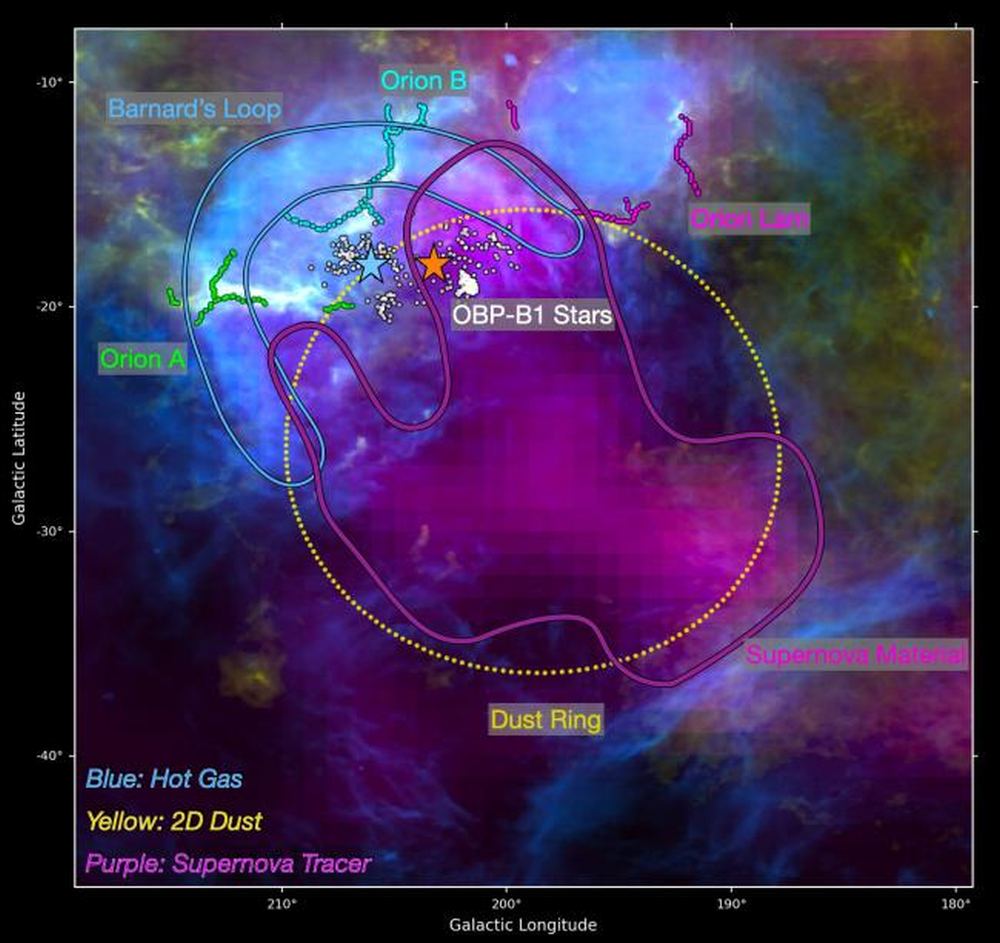WE ARE SCIENTISTS: Scientist Without Degree Possible?
Based on the search results, it is possible to be a scientist without a degree. Here are some key points:
In bioinformatics, many people working in the field did not have a degree in bioinformatics until recently, when degree programs were established. Self-study and learning by doing can be sufficient to become a bioinformaticist.
In data science, it is possible to become a data scientist without a degree, as long as one has the necessary skills and can demonstrate their abilities through work and publications.
In programming, one can learn by self-study and experience, as exemplified by the individual who taught themselves assembly language and went on to start a company and work at Microsoft.
In astronomy, amateur astronomers have discovered comets and asteroids, and those with larger instruments have discovered supernovae in distant galaxies, demonstrating that non-degree holders can contribute to scientific discoveries.
The scientific community values results and replicable experiments over formal education. As long as one’s work is well-documented and replicable, their credentials will not appear on the article, and their findings will be acknowledged.
However, it’s important to note that:
Without a degree, it may be more challenging to gain recognition and acceptance within the scientific community, particularly in fields with strong academic traditions.
Self-study and learning by doing require significant dedication and effort, and may not provide the same level of formal training and mentorship as a degree program.
In some fields, such as academia or research institutions, a degree may be a requirement for employment or funding.
Ultimately, becoming a scientist without a degree requires a strong passion for learning, a willingness to put in the effort to develop necessary skills, and a focus on producing high-quality work that can be replicated and validated by others.
Based on the search results, it is possible to be a scientist without a degree. Here are some key points:
In bioinformatics, many people working in the field did not have a degree in bioinformatics until recently, when degree programs were established. Self-study and learning by doing can be sufficient to become a bioinformaticist.
In data science, it is possible to become a data scientist without a degree, as long as one has the necessary skills and can demonstrate their abilities through work and publications.
In programming, one can learn by self-study and experience, as exemplified by the individual who taught themselves assembly language and went on to start a company and work at Microsoft.
In astronomy, amateur astronomers have discovered comets and asteroids, and those with larger instruments have discovered supernovae in distant galaxies, demonstrating that non-degree holders can contribute to scientific discoveries.
The scientific community values results and replicable experiments over formal education. As long as one’s work is well-documented and replicable, their credentials will not appear on the article, and their findings will be acknowledged.
However, it’s important to note that:
Without a degree, it may be more challenging to gain recognition and acceptance within the scientific community, particularly in fields with strong academic traditions.
Self-study and learning by doing require significant dedication and effort, and may not provide the same level of formal training and mentorship as a degree program.
In some fields, such as academia or research institutions, a degree may be a requirement for employment or funding.
Ultimately, becoming a scientist without a degree requires a strong passion for learning, a willingness to put in the effort to develop necessary skills, and a focus on producing high-quality work that can be replicated and validated by others.
WE ARE SCIENTISTS: Scientist Without Degree Possible?
Based on the search results, it is possible to be a scientist without a degree. Here are some key points:
In bioinformatics, many people working in the field did not have a degree in bioinformatics until recently, when degree programs were established. Self-study and learning by doing can be sufficient to become a bioinformaticist.
In data science, it is possible to become a data scientist without a degree, as long as one has the necessary skills and can demonstrate their abilities through work and publications.
In programming, one can learn by self-study and experience, as exemplified by the individual who taught themselves assembly language and went on to start a company and work at Microsoft.
In astronomy, amateur astronomers have discovered comets and asteroids, and those with larger instruments have discovered supernovae in distant galaxies, demonstrating that non-degree holders can contribute to scientific discoveries.
The scientific community values results and replicable experiments over formal education. As long as one’s work is well-documented and replicable, their credentials will not appear on the article, and their findings will be acknowledged.
However, it’s important to note that:
Without a degree, it may be more challenging to gain recognition and acceptance within the scientific community, particularly in fields with strong academic traditions.
Self-study and learning by doing require significant dedication and effort, and may not provide the same level of formal training and mentorship as a degree program.
In some fields, such as academia or research institutions, a degree may be a requirement for employment or funding.
Ultimately, becoming a scientist without a degree requires a strong passion for learning, a willingness to put in the effort to develop necessary skills, and a focus on producing high-quality work that can be replicated and validated by others.











